Hot Wheels 2013 Cool Classics – ’63 Chrysler Turbine, Spectrafrost Gold
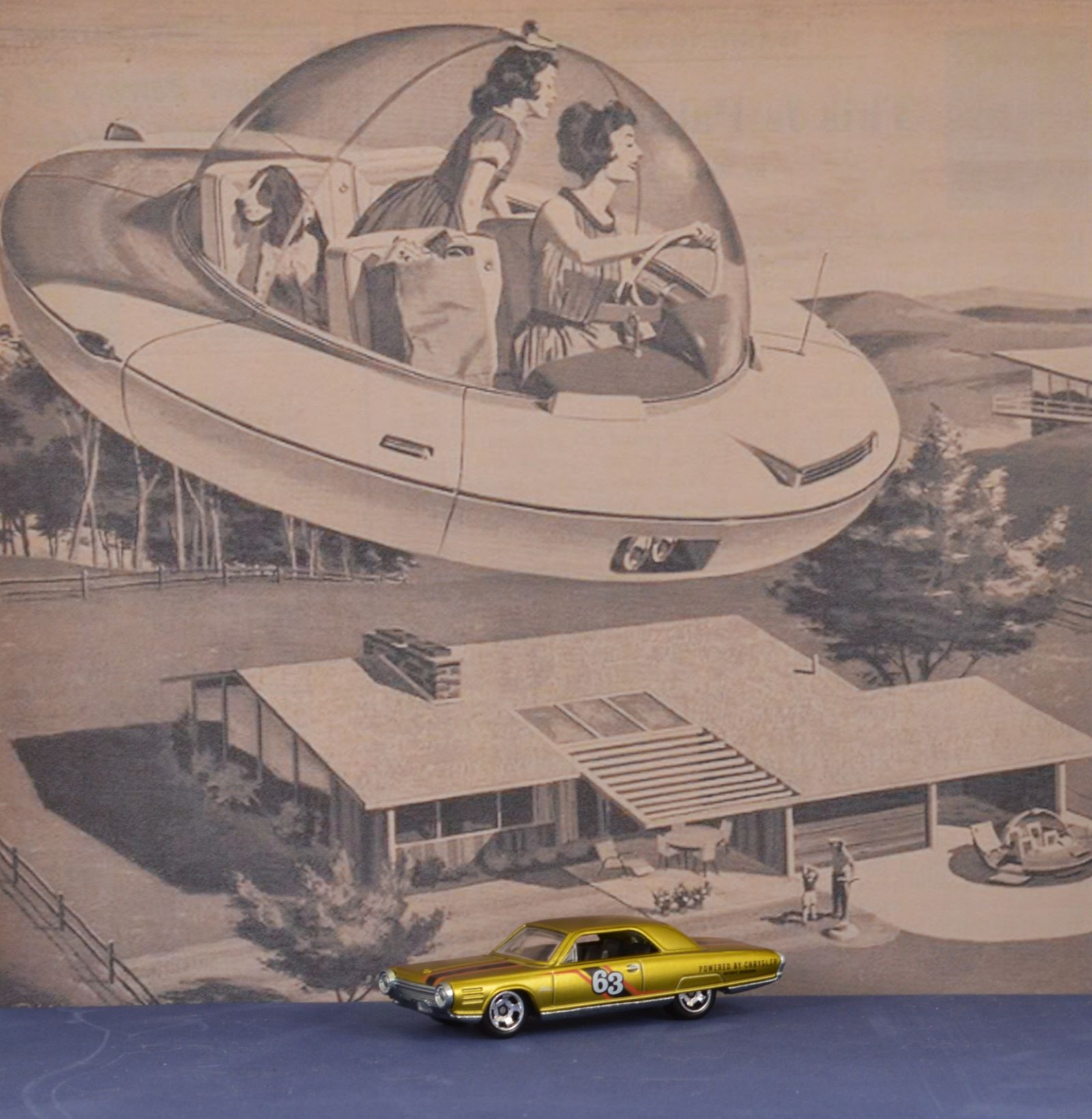
Chrysler Turbine Cars are automobiles powered by gas turbine engines that the Chrysler Corporation made from 1962-1964. Bodies for the Chrysler Turbine were made by Ghia in Turin, Italy, with final assembly taking place in a small plant in Detroit, Michigan, USA. After a period of testing, the vehicles were reclaimed by Chrysler; all but nine were destroyed. Three functioning examples remain, all in museums, and six more non-functioning examples in other museums.
History
At Chrysler Corporation, the earliest work on gas turbine engines dates back to before World War II, when an exploratory engineering survey was conducted. These studies showed that, although the gas turbine engine had strong possibilities of being an ideal automobile engine, neither materials nor techniques had advanced to the point where the cost and time of intensive research would be warranted.
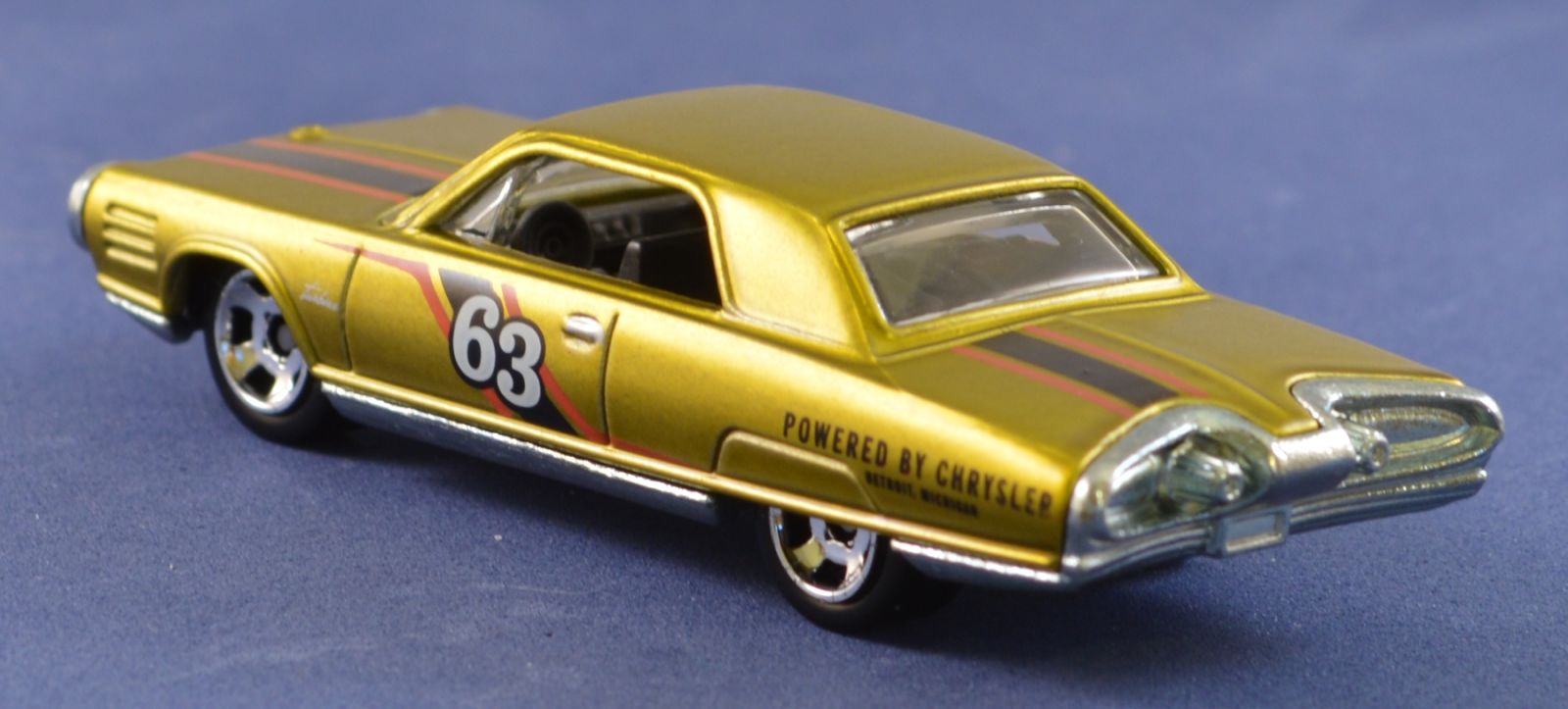
At the close of World War II, studies of completely new concepts in gas turbine design were started. As a result of this work, Chrysler was awarded, in the fall of 1945, a research and development contract by the Bureau of Aeronautics of the U. S. Navy to create a turboprop engine for aircraft. This program - although terminated in 1949 - resulted in the development of a turboprop engine which achieved fuel economy approaching that of aircraft piston engines.
Chrysler research scientists and engineers then returned to their original objective - the automotive gas turbine engine. In the early 1950s, experimental gas turbine power plants were operated on dynamometers and in test vehicles. Active component development programs were carried out to improve compressors, regenerators, turbine sections, burner controls, gears, and accessories.
Project Overview
The Chrysler Turbine Car was the first and only consumer test ever conducted of gas turbine-powered cars. Of the total 55 units built (5 prototypes and 50 “production” cars), most were scrapped at the end of a trial period, with only nine remaining in museums and private collections. Though Chrysler’s turbine engine project was terminated in 1977, the Turbine Car was the high point of a three decade project to perfect the engine for practical use.
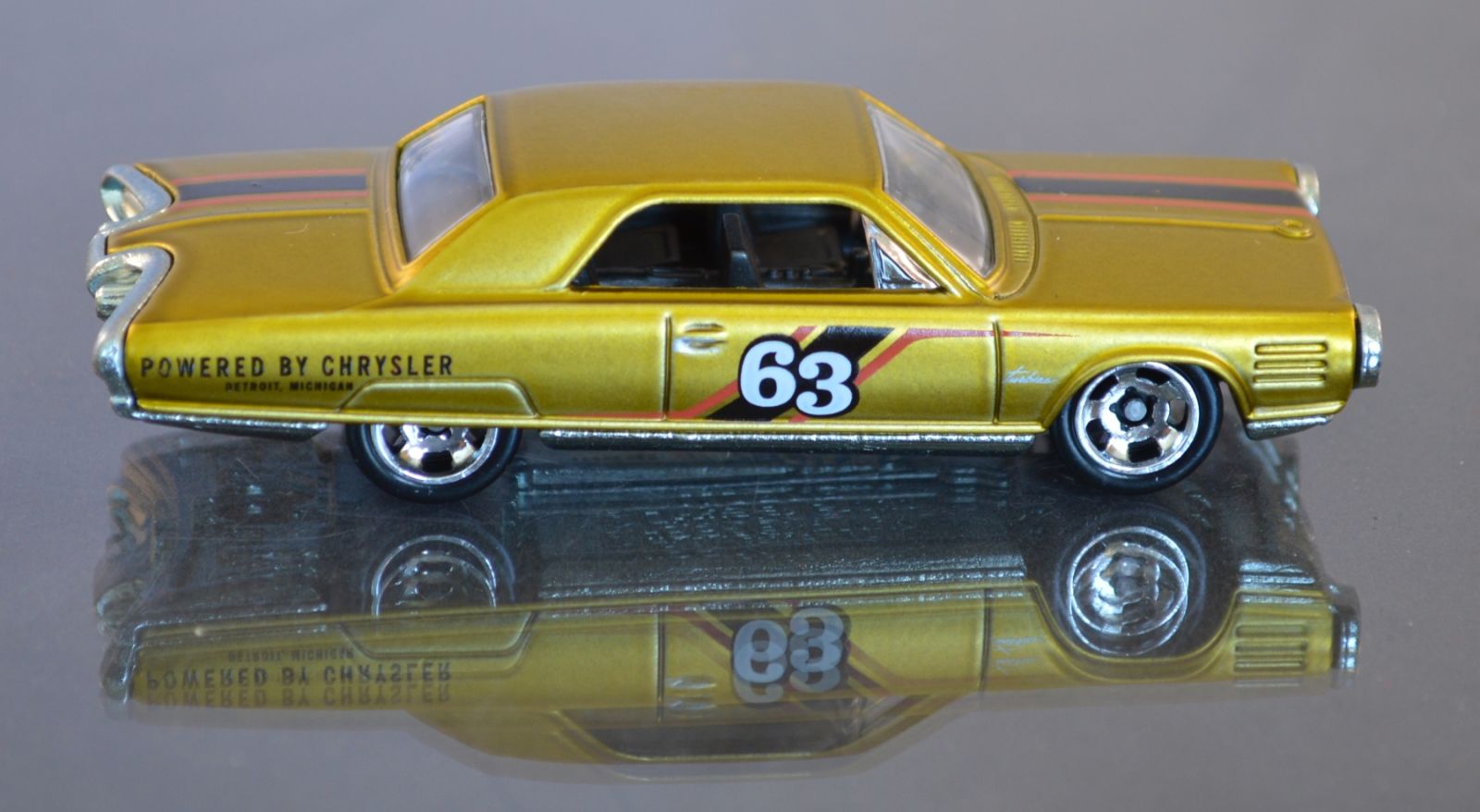
Engine
The fourth-generation Chrysler turbine engine runs at up to 44,500 revolutions per minute, and could operate using diesel fuel, unleaded gasoline, kerosene, JP-4 jet fuel, and even vegetable oil. Chrysler claimed “the turbine could gulp everything from peanut oil to Chanel No. 5.” The President of Mexico tested this theory by running one of the first cars—successfully—on tequila, after Chrysler engineers confirmed that the car would operate successfully.
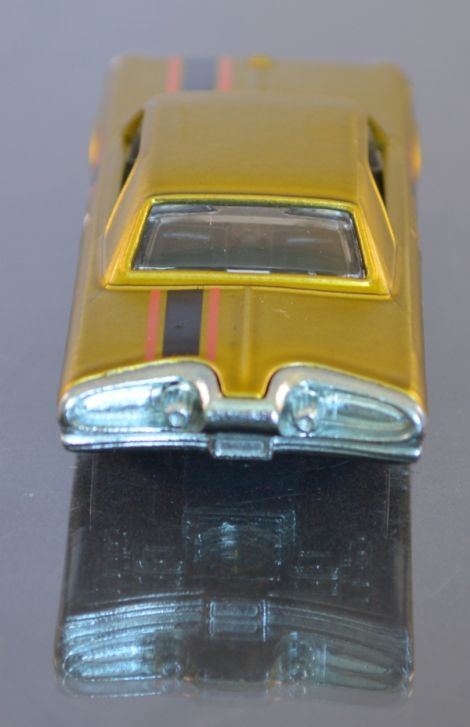
Design
The bodies and interiors were crafted by Ghia in Italy. The mostly completed bodies were shipped to Chrysler’s Greenfield Avenue turbine research center in Detroit for final assembly. Between the expensive Ghia bodies and the cost of the engine, each car may have cost as much as $50,000 to build, equivalent to $380,000 in 2015.
A total of 50 “production” Turbine Cars were built between October 1963 and October 1964, plus five prototypes (three of which differed in roof/paint schemes).
As each body was finished and shipped to Detroit, Chrysler employees installed the gas turbine engines, Torqueflite transmissions, and electrical components.
The turbine cars that became the Dodge Charger
According to the original history of the Chrysler Gas Turbine program published in Hemmings Special-Interest Autos magazine and written by gas turbine expert Leon Dixon, the Dodge Charger was originally intended to be a turbine car. His original article stated that the Chrysler turbines had reached the point where production would be practical, and the decision to make a special, limited-production turbine car with different styling was reached. Tom Golec, supervisor of car development, said that low-volume tooling for a 500-vehicle production run had already been ordered, and a no-slip clutch unit was developed (but not used because of its cost). The project was cancelled, and the special body became the Charger (but with a different grille and different tail lights and ornamentation).
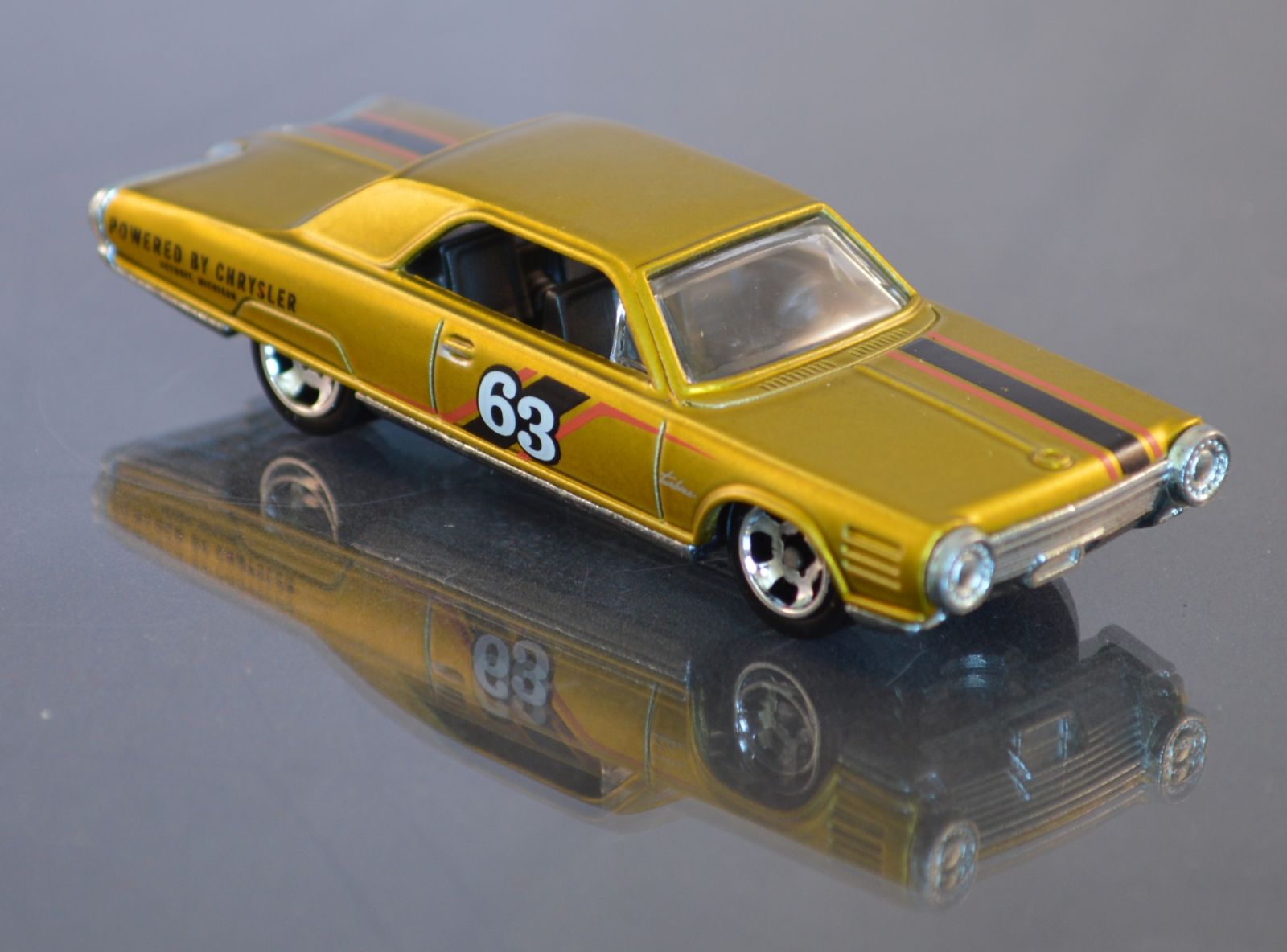
The turbine engine that went into production
Chrysler did put a turbine into full scale production... in the M1 “Abrams” tank.
When the Corporation was in dire straits in 1979, Chrysler got some loan guarantees from the US Government. Chrysler, as a condition of those loans, had to sell off Chrysler Defense and the M1 turbine-powered tank program.